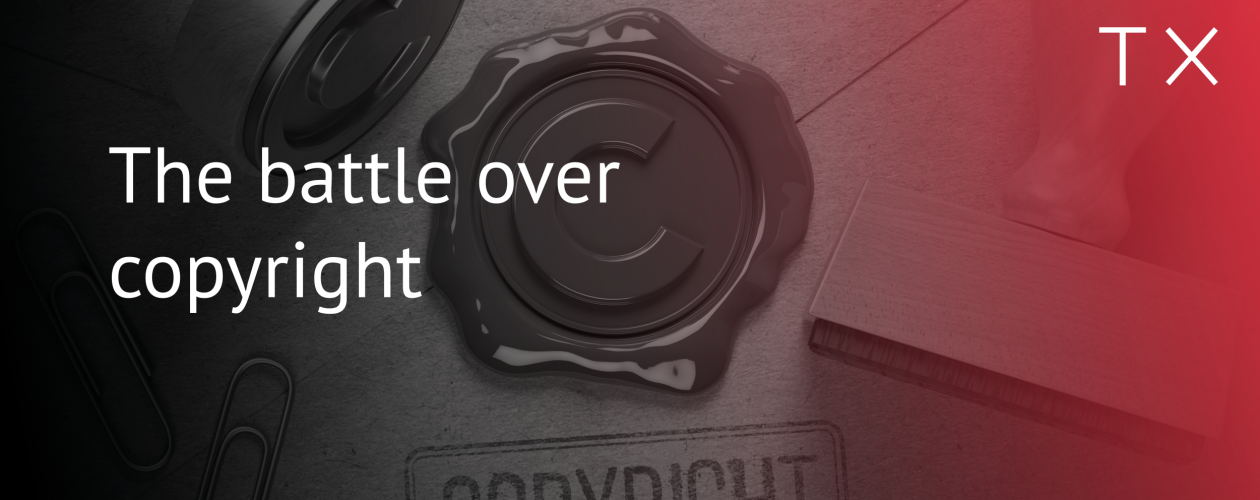
The Battle over copyright
This is the third time in all the years I've been writing columns for this magazine that the subject of such columns is income from copyright. Few tax provisions have such an eventful history. Over the past ten years, copyright has been the shining star in the firmament of wage optimisation.
That should not be surprising. Depending on the size of the remuneration, copyright income is taxed at an effective rate – after deducting costs – of between 7.5 and 11.25 percent. Set against the marginal rate of 50 percent in personal income tax, this therefore makes quite a big difference.
Over the past ten years, the amount of royalties awarded under copyright has increased from just over EUR 100 million to more than EUR 450 million a year. This has also translated into dozens of copyright rulings in recent years. Companies that wish to remunerate their employees with a copyright royalty do well to check this with the tax authorities beforehand. If they don’t, it’s not out of a firm conviction to defraud the tax authorities and the treasury, but to mitigate the sky-high taxation on labour and remain competitive on the international labour market. If I am not mistaken, that is one of the Belgian government's objectives.
Right from the first tax reform blueprint,
it was clear that the copyright regime needed to be overhauled: the system as it was would not meet the goals of a modern and justified tax system. Minister Van Peteghem's proposal consisted of a three-stage rocket. It implied that the favourable tax treatment of copyright royalties could only be applied for a lower amount. In addition, the effective tax rate would also be increased. Finally, a 'numerus clausus' concept would be introduced to limit the number of taxpayers who can still enjoy the regime.
It is at that last stage that the rocket has kept faltering.There's a good reason for that. When the tax regime was first conceived, no distinction was made as to the origin of the copyright. Any qualifying copyright was eligible. It covered works of an artistic nature
such as books, articles, paintings, sculptures,plays, film scripts, recordings, choreographies, and so on. However, copyrights that had come about in a more professional environment were also eligible, such as construction drawings, illustrations, photos, brochures, certain lectures and software. According to Van Peteghem, only the 'real' artists, journalists and developers of graphic design in the gaming sector should be eligible.
The question that must then be asked is: On what grounds is it still possible to justify whether certain copyrights can and others cannot be eligible for the favourable tax treatment? All things considered, it is always a copyright created in a professional context. Why, then, should a limited group have a claim and not all others?
What is the difference between a graphic design programmer in the gaming industry and any other software programmer?
Just because you work in the wrong sector? With regard to performers and artists, it could be said that they can work on a project over several years and the income is often generated in one particular year. But what is the difference between a graphic design programmer in the gaming industry and any other software programmer?
The legislator should not discriminate and the government has apparently – and fortunately – also reached this conclusion. All in all, it looks like the abolition of the copyright regime is just a storm in a teacup. I wonder if that will also have an impact on the current audits.
THE AUTHOR IS A LAWYER-PARTNER AT TUERLINCKX TAX LAWYERS
Published under
- Corporate
- Tax




